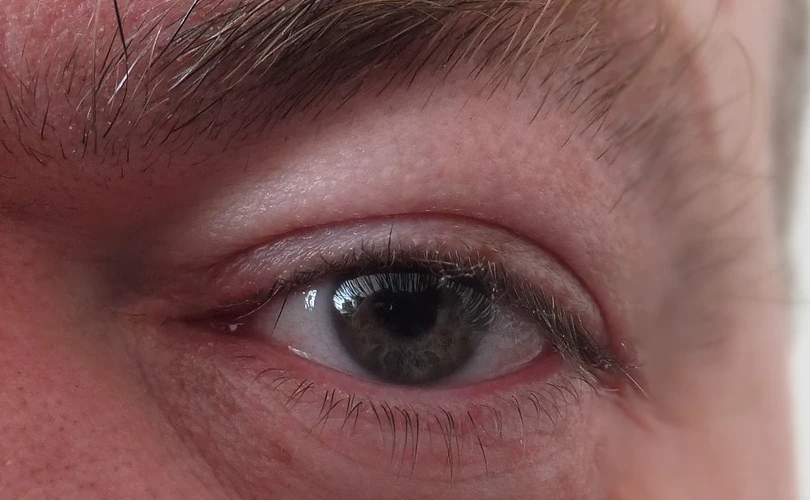The adjunctive use of cannabis in glaucoma patients has demonstrated efficacy in decreasing intraocular pressure (IOP). IOP is the intraocular fluid pressure, and an elevated IOP is a significant risk factor for glaucoma.
After cataracts, glaucoma ranks as the second leading cause of blindness worldwide, impacting over 60 million individuals. The most prevalent form of the disease, primary open-angle glaucoma, is a progressive condition characterized by the degeneration of retinal cells and the deterioration of the optic nerve. These visual impairments restrict the patient’s field of vision, ultimately resulting in the patient’s loss of vision.
Cannabis is believed to reduce intraocular pressure (IOP) through the interaction of cannabinoids with the endocannabinoid system, although the precise mechanism by which this occurs remains unknown. Eyes are part of the body’s endocannabinoid system, consisting of a receptor network.
Reducing the production of aqueous humor, the fluid that circulates within the eye, is one of the many effects cannabinoids can induce by binding to cannabinoid receptors in the eyes.
A multitude of methodologies exist regarding the utilization of cannabis to treat glaucoma. It is vaporizable, vaporizable, ingestible, and topically applicable. The optimal delivery method is contingent upon the requirements and inclinations of the recipient.
For some, vaporizing or consuming cannabis is the most productive method of lowering intraocular pressure. Others discover that it is more effective to consume cannabis orally, whether in the form of edibles, capsules, or beverages.
Before attempting to reduce intraocular pressure (IOP), it is critical to commence cannabis use with a modest dose and systematically escalate the dosage. Additionally, it is essential to abstain from cannabis use while pregnant or nursing.
Risks and Adverse Reactions
Moderate cannabis use is generally secure for the majority of individuals. It may, nevertheless, induce parched mouth, inflamed eyes, vertigo, and impaired coordination, among other adverse effects. Cannabis has the potential to induce psychosis, anxiety, and paranoia in uncommon instances.
Before using cannabis, it is vital to consult your physician, particularly if you have any preexisting medical conditions or are currently taking any medications.
To Conclude
A promising new treatment option for glaucoma is cannabis. Before beginning treatment, it is vital to discuss with your physician the potential risks and benefits of using cannabis to treat glaucoma.
It is also crucial to specify that cannabis does not function as a remedy for glaucoma. Working closely with your physician to manage your glaucoma and prevent vision loss is vital.




